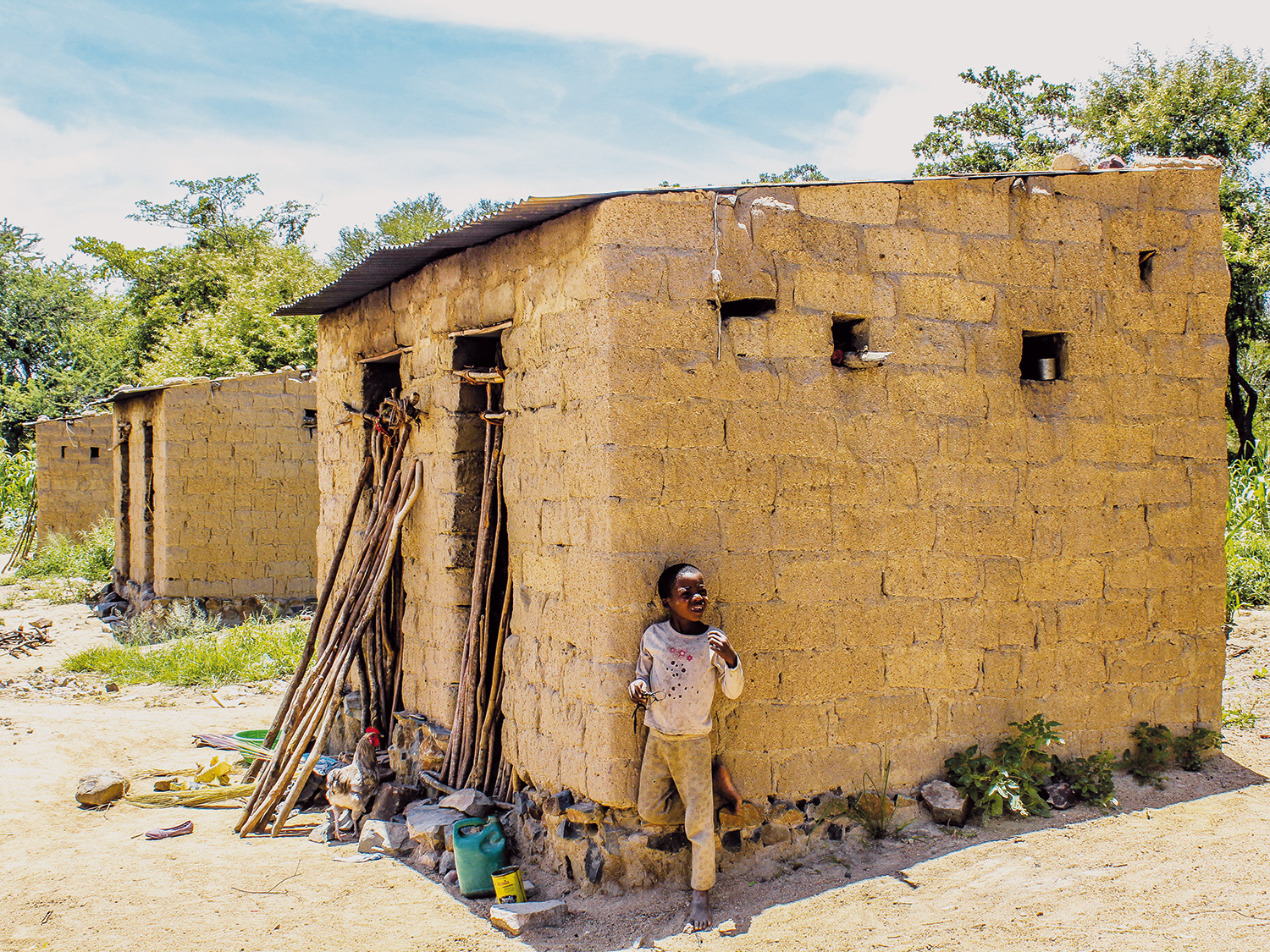

Breaking the cycle of drought and hunger in Southern Africa, where 39 million people are suffering a drought-induced food crisis, will need better early warning systems, switching to new crops and hedging commodity prices, food experts said on Friday.
After the region’s worst drought in 35 years, people across Southern Africa are pulling their children out of school, eating vital seed stocks, and selling their possessions.
Some 13.8 million people need international aid, mainly because of rising needs in Madagascar - where hunger has reached emergency levels - Malawi and Zimbabwe, according to the latest U.N. figures.
“(Trying to) help the countries to break the cycle of drought-induced emergencies ... is really important but it is also very difficult,” said Timo Pakkala of the UN Office for the Coordination of Humanitarian Affairs (OCHA).
The seven most vulnerable countries are preparing national strategies and policies for resilience against future droughts.
“Governments ... need to have that political leadership, and resources and long term planning and policies,” said Pakkala, OCHA’s El Nino coordinator for Southern Africa.
He was speaking ahead of the release of an updated action plan by aid agencies for the region, which also looks at how to stop the next major drought becoming a crisis.
The recommendations include grain marketing boards that function transparently, helping to stabilise prices, better management of water, and planting more drought-resistant crops.
Others include improving early warning systems in Madagascar, and expanding social safety nets like pensions and free school meals that can be scaled up in a crisis.
“We hope if we invest in these issues we can break the cycle of drought emergencies,” Pakkala said.
Most people affected by the drought are small farmers growing maize, producing bumper harvests in a good year, but a crop susceptible to poor rainfall. Some farmers may be reluctant to switch, Francesco Del Re, senior adviser to the U.N. Food and Agriculture Organization’s (FAO) Southern Africa response.
“I can propose to the farmer a drought resistant crop, like a certain type of bean,” but people may not like the taste and farmers will find them hard to sell, he said.
GRAIN IMPORTS
Southern Africa experiences frequent droughts, which developed into major hunger crises in 1992 and 2002.
Some $1 billion in international aid was spent on the 2002 hunger crisis, said Steve Wiggins, research fellow of the London-based think tank, Overseas Development Institute (ODI).
Since 2005, Malawi has offered subsidised fertilisers to all small farmers, helping improve harvests. Zambia has also ramped up its maize production, and built up a large national grain reserve which helped it in the current crisis, Wiggins said.
Keeping big food stocks is an old measure to prepare for drought, but it is also an expensive way to do it, he said.
Cheaper alternatives include buying options on commodity exchanges so, when the harvest fails, a country can buy food at a locked-in price, or keeping dollar reserves in an offshore account that can subsidise the cost of grain imports, he said.
Better forecasting can also play a role. Last year, meteorologists gave several months notice of the drought and warned of severe drought within a month of the planting season.
“One of the obvious things is (to say) don’t plant maize this time, plant sorghum, millet,” said Wiggins, while NGOs and governments can arrange imports and support for the most needy.
“In the world of better forecasts we should now be able to go into action a good three months earlier than we ever did in the past and thereby do a lot more good,” he said. — Thomson Reuters Foundation
Oman Observer is now on the WhatsApp channel. Click here



